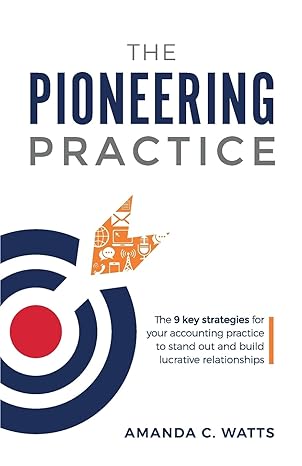Answered step by step
Verified Expert Solution
Question
1 Approved Answer
A B 12 Wedding Cost Attendance 2 62700 300 3 52000 350 4 48000 150 5 44000 200 6 34000 250 7 32500 150 8
A B 12 Wedding Cost Attendance 2 62700 300 3 52000 350 4 48000 150 5 44000 200 6 34000 250 7 32500 150 8 31000 250 9 30000 300 10 28000 250 11 26000 200 12 25000 150 13 24000 200 14 22000 200 15 21000 200 16 20000 200 17 20000 200 18 20000 100 19 20000 150 20 19000 200 21 18000 150 22 17000 100 23 16000 100 24 14000 150 25 7000 50 26 5000 50 C D E F Use the Regression tool on the accompanying wedding data, using the wedding cost as the dependent variable and attendance as the Kindependent variable. Complete parts a through c a. What is the regression model? Wedding Cost Attendance (Round to three decimal places as needed.) Use the Regression tool on the accompanying wedding data, using the wedding cost as the dependent variable and attendance as the independent variable. Complete parts a through c. b. Interpret all key regression results, hypothesis tests, and confidence intervals in the regression output from part a Interpret the slope of the regression equation. Choose the correct answer below. OA. The slope indicates that for each increase of 1 in attendance, the predicted wedding cost is estimated to increase by a value equal to b OB. The slope indicates that for each increase of 1 in wedding cost, the Predicted attendance is estimated to increase by a value equal to b. OC. It is not appropriate to interpret the slope because it is outside the range of observed attendances OD. It is not appropriate to interpret the slope because it is outside the range of observed wedding costs. Use the Regression tool on the accompanying wedding data, using the wedding cost as the dependent variable and attendance as the Kindependent variable. Complete parts a through c. Interpret the Y-intercept of the regression equation. Choose the correct answer below. OA. It is not appropriate to interpret the Y-intercept because it is outside the range of observed attendances. B. The Y-intercept indicates that a wedding with an attendance of 0 people has a mean predicted cost of $bg OC. It is not appropriate to interpret the Y-intercept because it is outside the range of observed wedding costs. OD. The Y-intercept indicates that a wedding with a cost of $0 has a mean predicted attendance of by people. Use the Regression tool on the accompanying wedding data, using the wedding cost as the dependent variable and attendance as the Independent variable. Complete parts a through c. Identify and interpret the meaning of the coefficient of determination in this problem. Select the correct choice below and fill in the answer box to complete your choice. (Round to three decimal places as needed.) OA. The coefficient of determination is R2 wedding cost. B. The coefficient of determination is R2 OC. The coefficient of determination is R2- significant. OD. The coefficient of determination is R2= attendance. This value is the proportion of variation in attendance that is explained by the variation in This value is the probability that the slope of the regression line is statistically significant This value is the probability that the correlation between the variables is statistically This value is the proportion of variation in wedding cost that is explained by the variation in Use the Regression tool on the accompanying wedding data, using the wedding cost as the dependent variable and attendance as the independent variable. Complete parts a through c. Interpret the values given in the test of the population slope. Use a 0.05 level of significance. State the null and alternative hypotheses the test. Ho Hy (Type integers or decimals. Do not round.) Identify the test statistic (Round to two decimal places as needed.) Identify the p-value The p-value is (Round to three decimal places as needed.) Use the Regression tool on the accompanying wedding data, using the wedding cost as the dependent variable and attendance as the Objective Use probability rules and formulas to compute the probability of events. Answer conceptual questions about hypothesis testing. Determine the hypotheses for a one-sample test. Conduct the appropriate one-sample hypothesis test given summary statistics. Conduct the appropriate one sample hypothesis test given summary statistics. Use probability rules and formulas to compute the probability of events. Use the normal distribution to find probabilities. Use the binomial distribution to find probabilities. Create scatter charts of data and use Excel to fit models. Apply the Excel regression tool to find a simple linear regression model and interpret the results. Apply the Excel regression tool to find a simple linear regression model and interpret the results
Step by Step Solution
There are 3 Steps involved in it
Step: 1

Get Instant Access to Expert-Tailored Solutions
See step-by-step solutions with expert insights and AI powered tools for academic success
Step: 2

Step: 3

Ace Your Homework with AI
Get the answers you need in no time with our AI-driven, step-by-step assistance
Get Started


